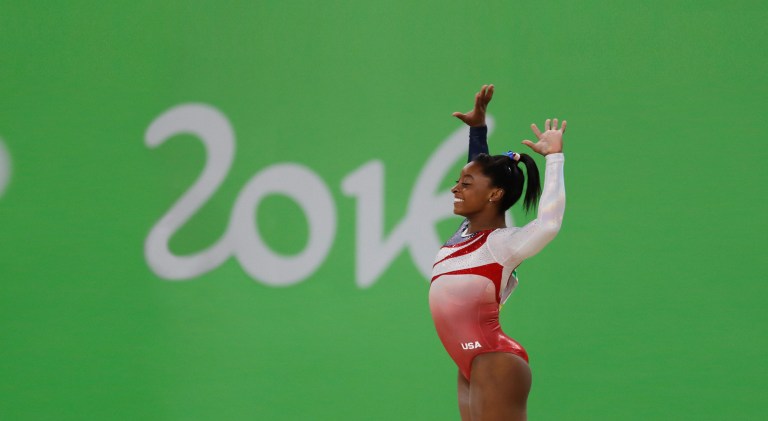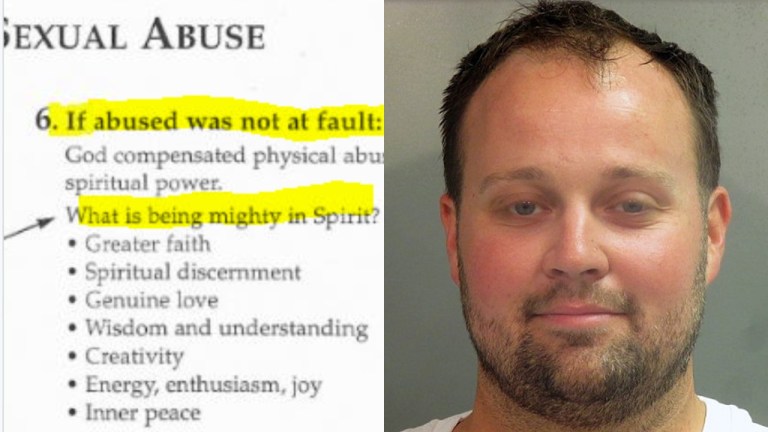Why Women Should Be Allowed To Go Topless In Public
The issue becomes a matter of women being able to exist and be seen as something other than sexual creatures.


In August 2013, 33-year-old Phoenix Feeley began a 16-day jail sentence in New Jersey for refusing to pay fines from 2008 when she was arrested for sunbathing topless at a Spring Lake beach. She spent nine days on a hunger strike before being released early from Monmouth County Jail on August 14.
Feeley is part of Go Topless, an organization that advocates for women’s right to go topless on the basis of gender equality. The group says its objective is not to push for a world where everyone goes sans shirt, but rather to push back against what they see as an infringement of women’s constitutional right not to be discriminated against on the basis of gender. The question is: Why should women be barred from going topless where men are not? It’s a question that quickly takes its debaters from an analysis of legality to the subtleties of how men and women are treated by the law and society.
The incident in New Jersey wasn’t Feeley’s first legal squabble over the issue of public toplessness. In 2005, the activist successfully sued the NYPD after being arrested for walking shirtless down a New York City street, where it is officially legal for women to do so. She was awarded a settlement of $29,000, in addition to bringing attention to the often vague or inconsistently enforced toplessness laws in the US.
New York, along with the majority of other states, has laws that hold what individuals from Go Topless call a gender-equal position on public nudity: While people may be cited for “public indecency” or “disorderly conduct”, it is not illegal for a woman to have an exposed chest anywhere a man would be allowed to do the same. New Jersey, where Feeley was most recently arrested, is one of about a dozen states with ambiguous laws on the matter. Only three states – Indiana, Utah, and Tennessee – continue to have a complete ban on exposed female chests at any time. Many cities, however, circumvent more liberal statewide laws with local ordinances that make the baring of female breasts in public punishable by fines or imprisonment. Fines are more common, as simply being topless is a misdemeanor offense in most locations. However, if the arresting officer decides the individual was deliberately “lewd or obscene”, if other people file complaints, or if there are minors around, the topless individual may face felony charges, and may even be registered as a sex offender.
Feeley’s 2005 arrest in New York City, although it made headlines for her successful lawsuit, was not an anomaly. Women are commonly arrested for toplessness in states whose laws allow female toplessness. Earlier this year, 34,000 NYPD officers were issued a reminder that they can’t arrest anyone, male or female, for simply being bare-chested, which has been legal there since the mid-90s.
The idea that female toplessness is somehow different from male toplessness is clearly deeply embedded in our collective social psyche.This argument, in fact, came up in a landmark case in 1986, when nine women were arrested in Rochester, New York, for being topless in an isolated park, at a time when the state had a law forbidding female toplessness.
Judge Herman Walz, one of the first to hear the case, which took six years before being settled finally by the New York State Court of Appeals, wrote in his decision that “the statute’s objective is to protect the public from invasions of its sensibilities, and merely reflects current community standards as to what constitutes nudity. The objective itself is not based on stereotyped notions, therefore it is not illegitimate.” He also wrote that “community standards do not deem the exposure of males’ breasts offensive, therefore the state does not have an interest in preventing exposure of the males’ breasts.”
In other words: the government “objective” wasn’t directly aimed at promoting a stereotype, though it did shape legislation catering to publicly held stereotypes.
This was a line of reasoning ultimately rejected by the Court of Appeals, which held that the state, whose law was being challenged, had failed to prove “that there is an important government interest at stake and that the gender classification is substantially related to that interest.” Vito J. Titone, writing a concurring opinion, went further, explicitly rejecting the idea that “public sensibility” could be invoked in defense of this sort of law. The “concept of ‘public sensibility’ itself, when used in these contexts,” he argued, “may be nothing more than a reflection of commonly-held preconceptions and biases. One of the most important purposes to be served by the equal protection clause is to ensure that ‘public sensibilities’ grounded in prejudice and unexamined stereotypes do not become enshrined as part of the official policy of government.”
A thorough understanding of pro-topless advocates’ concerns requires going beyond the issue of legal consistency. Part of what topless advocates object to in gender unequal topless laws are the implications of the underlying messages the laws could be (perhaps unwittingly) reinforcing.
The problem, as Reena Glazer wrote in the Duke Law Journal in 1993, is that laws like that in the 1986 case are “written solely to take into account potential viewers. The focus is on the male response to viewing topless women; there is no focus on the female actor herself.” The implication, she argued, particularly when laid next to the statute’s “exemption for topless entertainment” is that “what might arouse men can only be displayed when men want to be aroused.” By contrast, “men are free to expose their chests … with no consideration of the impact on possible viewers.”
That’s where the real damage of these laws comes in: Though it’s unlikely that many men, if suddenly forced to don a shirt while, say, out for a jog, would find their worlds or senses of self greatly affected, the disparity in treatment of the genders appears to offer legal validation that a man’s view of a woman’s body is the only one that matters. The underlying message to the public is that women’s bodies are inherently sexual, and thus inappropriate to be seen in public.
The question then becomes much more basic than whether or not being topless in public is permissible. The issue becomes a matter of women being able to exist and be seen as something other than sexual creatures. The thinking which fuels laws against female toplessness supports the attitude that women are in a perpetual state of sexual engagement, whereas men are allowed to exist in a whole range of bodily states, some of them benign enough to permit the exposure of their chests without it being considered automatically indecent. Proponents of topless equality assert that laws that single out women are effectively perpetuating a degrading cultural norm towards sexualizing women’s bodies without their consent. The concern is that the laws incidentally support a larger mentality of objectifying women.
One of the curiosities of the debate, then, is that both sides argue that they are combatting objectification. Those opposed to public female toplessness say it is the exposure of breasts that will sexualize the women baring them. The question, finally, has much to do with how you think laws should relate to society: Is it more advisable to use laws to protect women (and the public) in a society that already views their bodies as sexual? Or should laws challenge preconceptions and foster an evolution in the perception of female bodies? Given that in the US, there are over 200,000 occurrences of sexual assault annually, with 9 out of 10 victims being women, both sides understandably feel that the sexualization of the female body is a high-stakes issue.
Advocates like Phoenix Feeley and Go Topless, though, would argue in favor of the more progressive second approach: using law as a tool for change. Pro-topless equality supporters claim that if state and local governments facilitate the normalizing of female bodies, people will begin to see women less as sex objects for the taking, a mental shift which could feed a decline in, among other problems, assault. They claim they are pushing for equal laws in an effort not only to gain legal fairness, but to change the overall view of women in American society. Legal thought in the U.S. seems to be shifting, slowly, in their favor. Only time will tell whether their social predictions, too, will be borne out.
This article originally appeared at The Atlantic.




